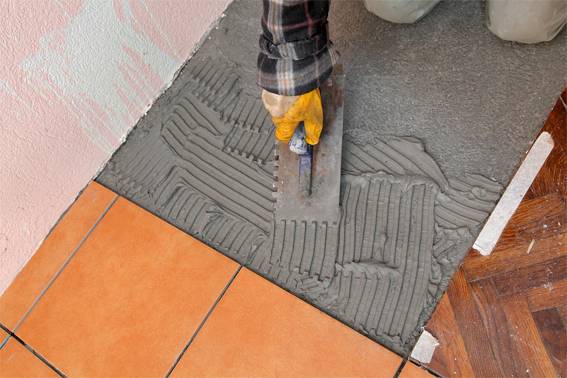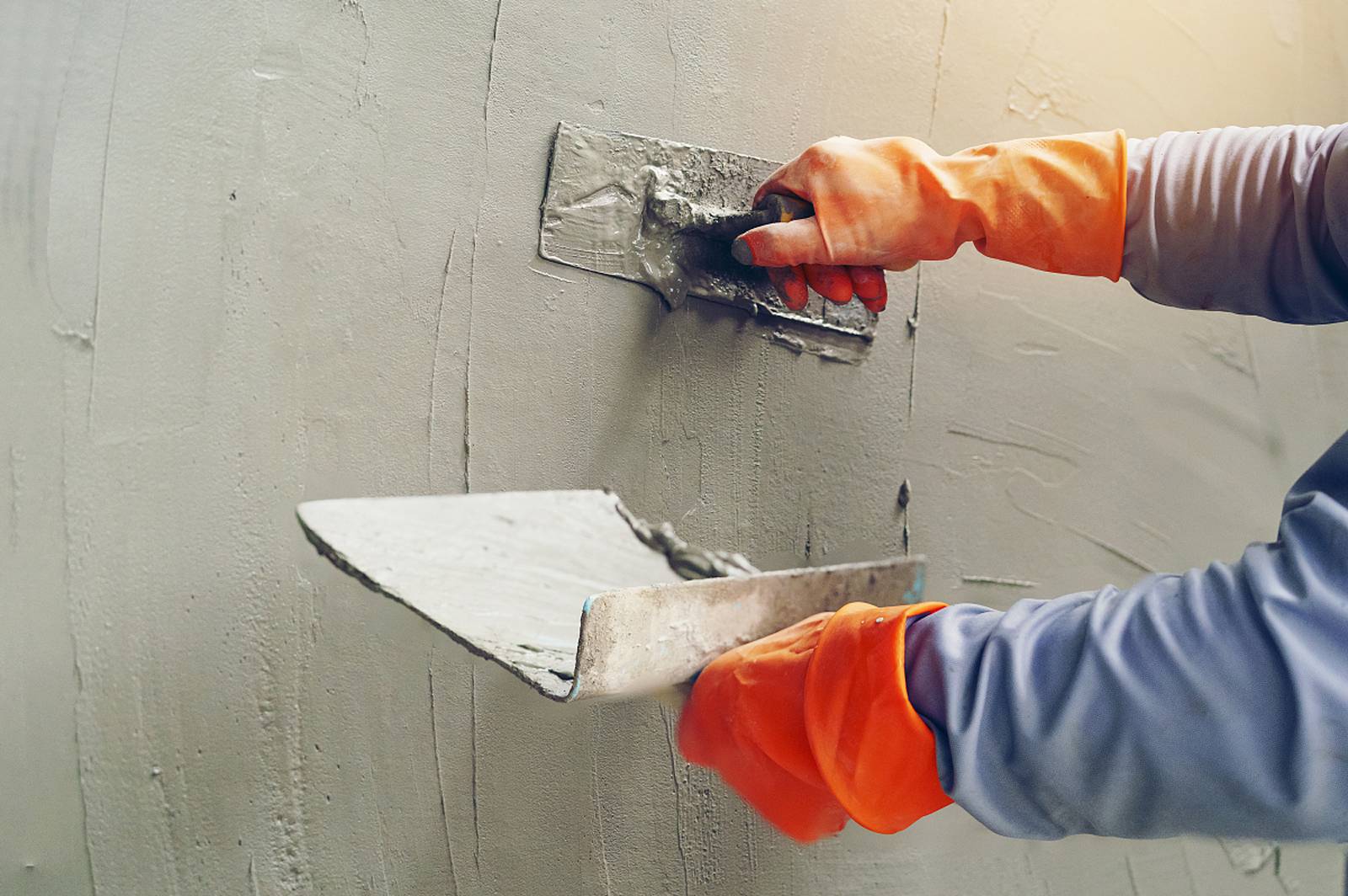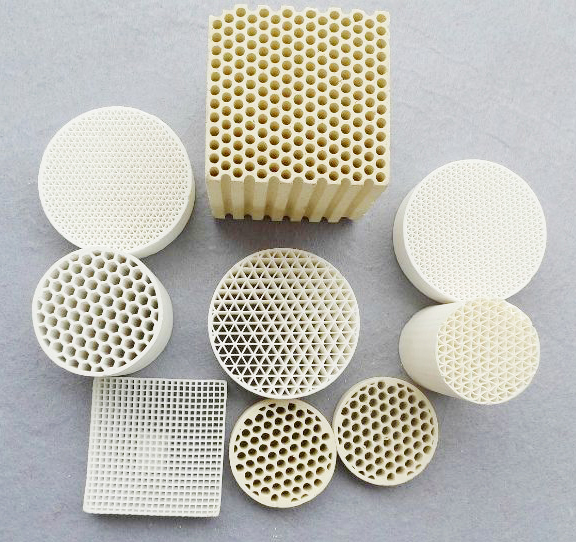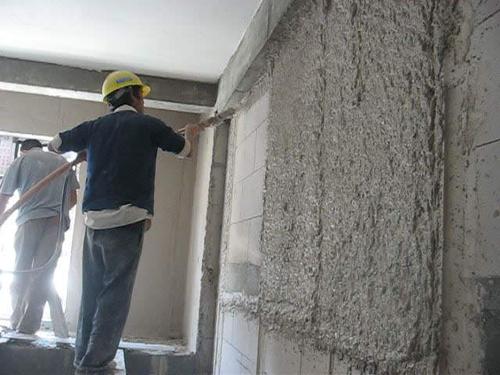Industrial News
-
Effective ways to prevent cracks in external wall putty and anti-cracking mortar
In the application and practice of polymer plastering mortar and anti-cracking putty in exterior wall decoration and thermal insulation and energy-saving projects, many results have been achieved, and some issues are also faced. Discussed the technical issues related to the raw material system an...Read more -

Application of redispersible latex powder in tile adhesive
As early as the 1930s, polymer binders were used to improve the performance of mortars. After the successful launch of polymer emulsions on the market, WACKER developed a spray drying process to provide emulsions in the form of rubber powder. The beginning of the era of dry-mix mortar. For more ...Read more -

Analyze what factors will affect the water retention of plaster plaster
The water retention rate of plastering gypsum slurry is related to the content of water-retaining agent, retarder and water ratio. Increasing the amount of water-retaining agent can increase the water retention rate, delay the setting time, and have a retarding effect, but it affects the strength...Read more -

Causes and solutions for cracking of plastering plaster
Gypsum is one of the three main materials in the field of building materials. Gypsum mortar and gypsum building materials are green prefabricated building materials strongly advocated by the country and building material products that are promoted by the country. The use of it not only has the st...Read more -

Analysis of the four common problems of external wall insulation-falling off, cracking, condensation, and hollowing
Our common external wall insulation problems usually occur some time after the completion of construction, or after alternating winter and summer temperature cycles, which imply different problems in engineering quality, construction technology, raw material supply, and formulation deployment. In...Read more -

What is the most suitable viscosity of hydroxypropyl methylcellulose
Hydroxypropyl methyl cellulose is generally used in putty powder with a viscosity of 100,000, and the viscosity of the mortar is relatively high. It should be easy to use the viscosity of 150,000. The most important role of hydroxypropyl methyl cellulose is water retention, followed by thickening...Read more -

Analyze the reference formula of gypsum-based self-leveling mortar and the influence of different admixtures on gypsum mortar
Using desulfurized gypsum as the base material, analyze the formula design of desulfurized gypsum-based self-leveling mortar. The customer currently uses gypsum powder as dihydrate desulfurized gypsum. The current formula is as follows: 36% of desulfurized gypsum powder, 32% of slag powder, 28% ...Read more -

Analyze the role and amount of admixtures in gypsum-based products
Adding certain admixtures and fillers to gypsum materials can change part of the properties of gypsum products, adapt gypsum products to different conditions, different environments, and different uses, and enable gypsum dry-mixed building materials to perform better. Here are 12 types Take admix...Read more -

Comprehensive analysis of the performance of cellulose ether in honeycomb ceramics
Cellulose ether is a non-ionic cellulose ether polymer. According to the degree of substitution and modification of the substituent groups, they have different chemical properties. It is a non-ionic, odorless, and odorless White cellulose ether powder can be used in building materials, industrial...Read more -

Effective methods to prevent cracks in external wall putty and anti-cracking mortar
In the application and practice of polymer plastering mortar and anti-cracking putty in exterior wall decoration and thermal insulation and energy-saving projects, many results have been achieved, and some issues are also faced. Discuss the technical issues related to the raw material system and ...Read more -

Advantages of plastering plaster in lightweight wallboard
Plastering gypsum is a green and environmentally friendly material that is suitable for new wall interior plastering. In view of some problems in the construction of lightweight wallboards, plastering gypsum is a good supporting material to ensure that the plaster layer is not hollow, The first c...Read more -

Reasons and solutions for mildew of light plaster plaster
Lightweight plastering gypsum is a new environmentally friendly and energy-saving wall plastering material that replaces traditional cement mortar. It has been widely used with its many advantages. Recently, some customers have reported that when using lightweight plaster, the wall is moldy. This...Read more















